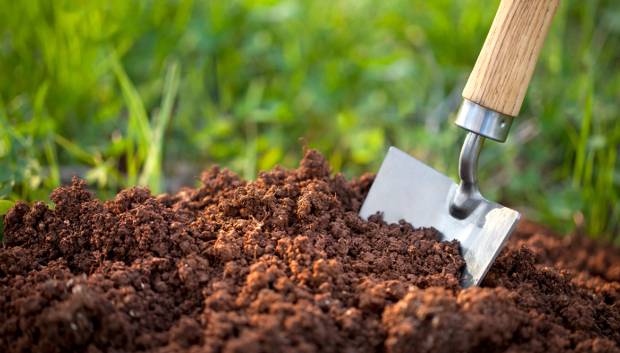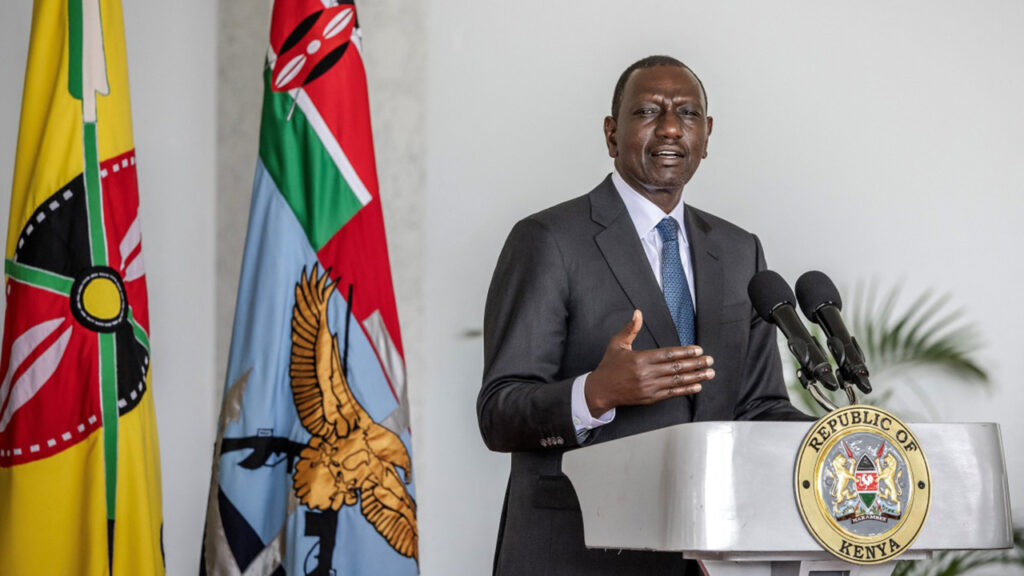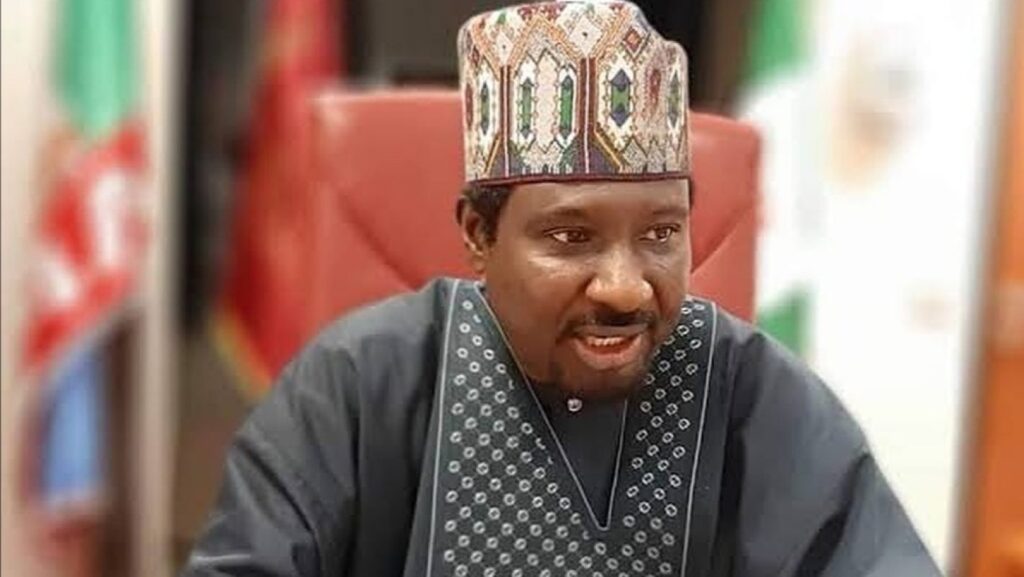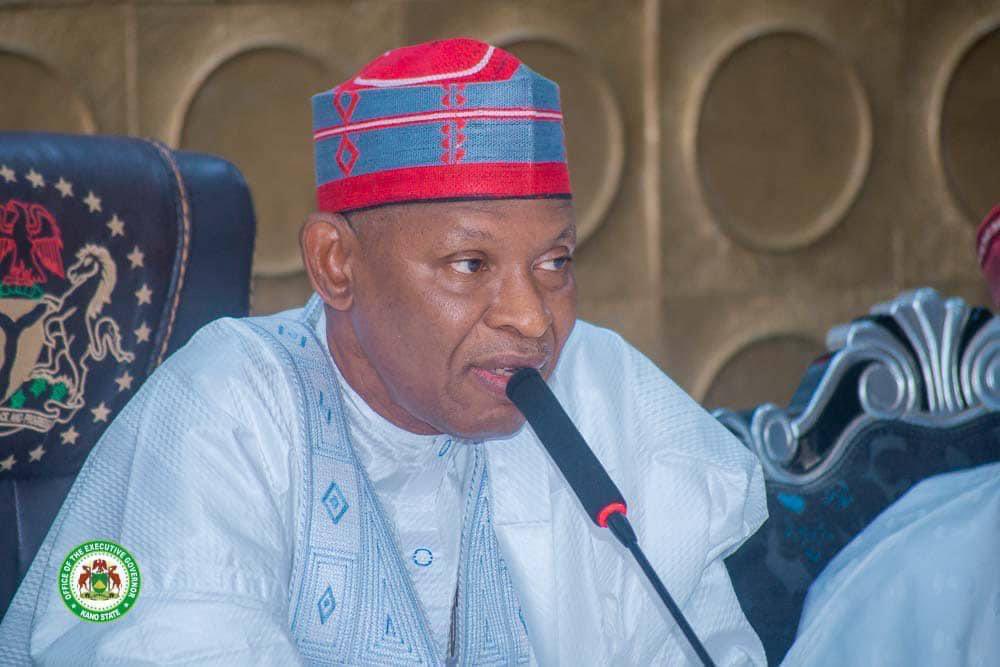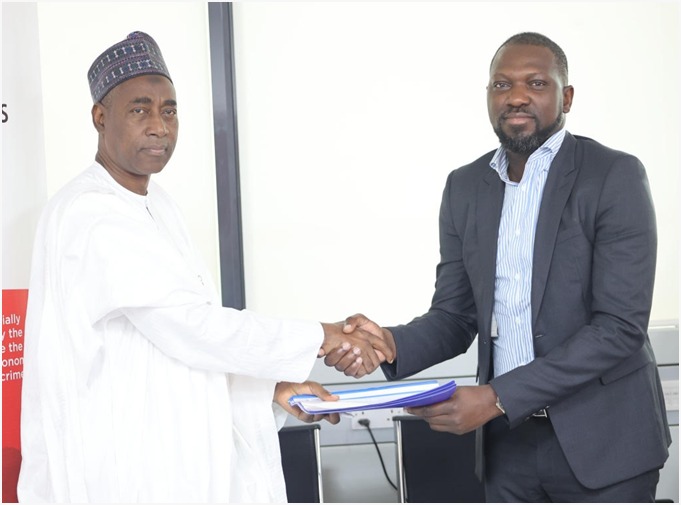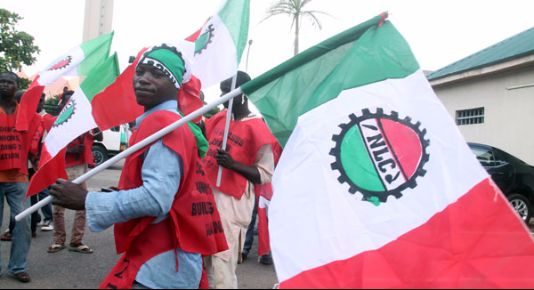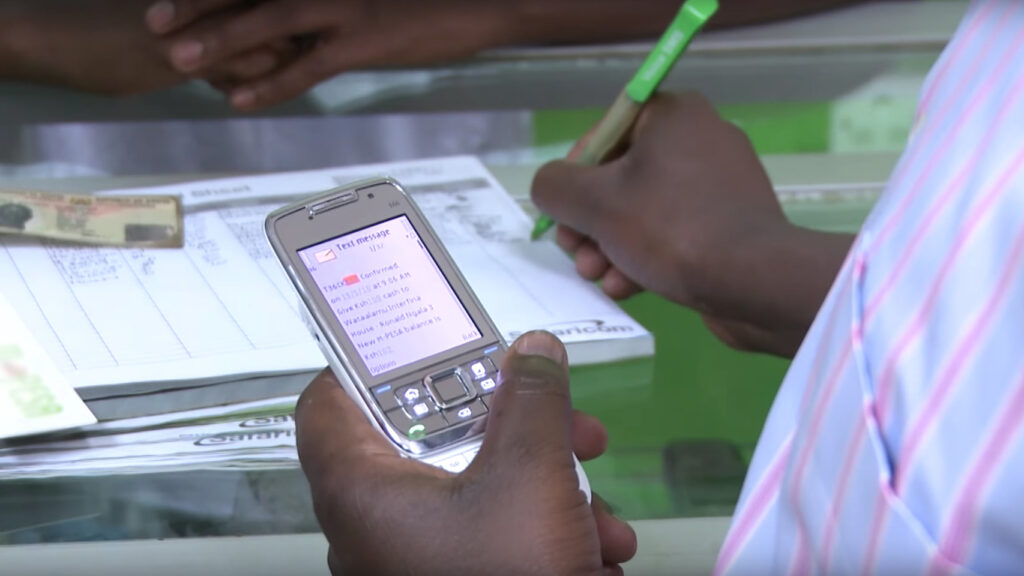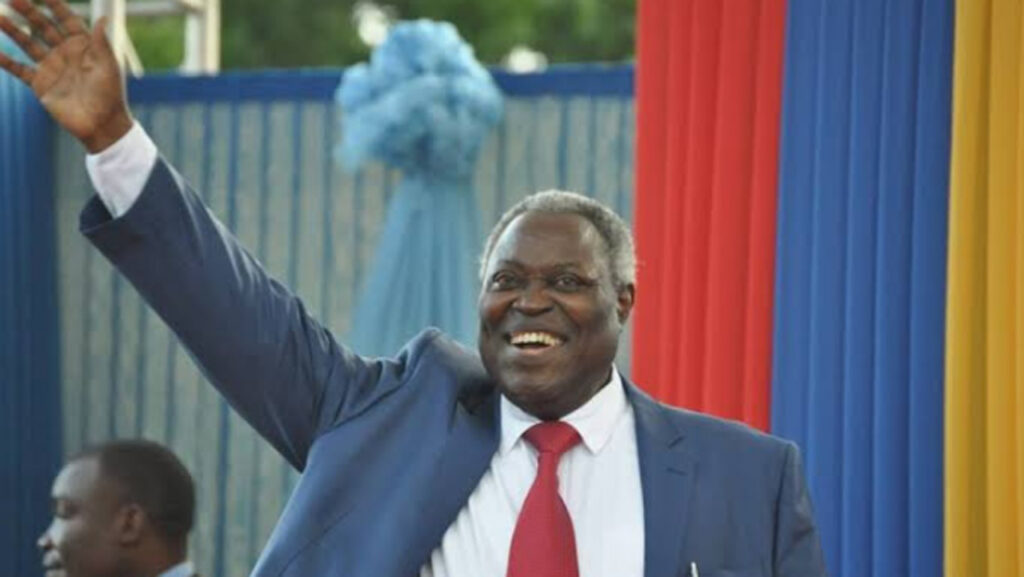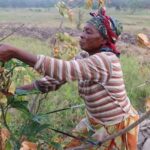Could the soil of Africa be developing an unstoppable malaise that will transform our continent from an innocent victim of climate change into its main driver?
It seems the answer may be yes. For we might be sitting in a ticking carbon bomb. African soil is degrading ever faster, losing us millions of hectares a year. And while scientists have known for the longest time that soil ‘breathes out’ pure carbon dioxide, the emerging horror is that our heated, drought-struck soils are now breathing out more, maybe even a lot more.
It’s a carbon source that holds the potential to make our man-made greenhouse gasses nearly insignificant by comparison. And the fear is that it could turn Africa into the biggest carbon generator of all.
Yet no-one knows for sure. Researchers, in studies that take a decade or more to complete, are finding soil organic carbon (think, plant roots) degrading faster in warmer, post-drought soils – and also finding, in other studies, that it isn’t. They are counting deeper soil carbon, soil carbon after late rains, next to volcanoes, four years after soils were dried out, and below our forests: in a flurry of carbon measuring to try and map the change.
For, ominously, in all the ‘we-are-looking-at-soil-carbon-now’ noise, the drip, drip raising of alarms, and even the odd prominent public fight between scientists, it turns out our carbon calculations have never included soil breathing.
And that on a planet where soil holds more of our planet’s carbon than the atmosphere and all its vegetation put together, and much of it as soil organic carbon that breathes out carbon dioxide.
It is a missing sum that is only made more worrying by the acceleration in climate change. We should not yet be suffering our first row of 50°C temperatures, our hottest years ever, our wettest and driest every new season: it’s all going faster than the charts.
Until you factor in soil. And that’s made soil into the kind of geopolitical focus that presidents meet for summits about. It has also drawn Dr Cary Fowler into the fray, as the now US Envoy for Food Security, in his second crusade to lead the world away from destruction.
Dr Fowler created the Svalbard Seed Vault, to preserve our global diversity. Now, his mission is soil, and he is not waiting for perfect science.
“I am no soil scientist,” he declared, while visiting Nairobi for the African soil summit this year. “But we are deeply concerned about African soil”.
Yet his solution is as sweet for Africa as his seed vault was for biodiversity – for how do you stop the continent’s soils degrading at speed?
It has taken decades to stop our energy emissions from growing. So where does one even begin to break a cycle of rising heat spikes and erratic rainfall degrading land, which then cannot support ground cover to capture carbon whilst breathing out more carbon – thereby causing further heat and weather disruption.
A possibly prescient starting point was the French call at the 2015 CoP for the globe to commit to adding 4 parts per thousand to its soil organic carbon – to give the world an extra 20 years to fix its greenhouse gas problem.
This has generated a growing drumbeat around ‘regenerative agriculture’.
Yet Africa already has the world’s lowest soil organic carbon, and it’s falling all time. Moreover, the incentives for African farmers and for Africa to sort out its lands are few.
Even as initiatives have flourished to draw farmers into new approaches that boost soil carbon, the world’s leading carbon credit verifier, Verra, observes forlornly that these often reduce output for farmers for some time – which isn’t a treat in a continent already caught between roaring population growth and falling yields.
So Dr Fowler went back to the drawing board, to find an everybody-wins solution.
Working with the FAO, the Rockefeller Foundation, and scientists he sums up, excitedly, as the best in the world – across every discipline from soil, to agronomy and nutrition – he has driven a programme called VACS that has searched for the plants that solve everything. And he claims to have found them.
“We don’t see plants the same way now,” he explains. “We always used to think of the plant and soil as separate, but now we see them as a single system.” That single-system slant saw his VACS team select 60 crops that could grow in Africa’s degraded soil and erratic climates; that improved the soil as they grew, creating a better future ahead and rehabilitating land; and delivered fantastic nutrition.
For nutrition matters, too, in a continent where micronutrient deficiencies drive childhood and maternal mortalities, brain damage, and a host of lifestyle diseases from diabetes to high blood pressures.
The saviour crops turned out to be indigenous – although not by design. Millet, sorghum, yams, amaranth, Bambara groundnuts, pigeon peas and sweet potato, the list goes on. But growing them works: it lifts yields, arrests land degradation, and solves diabetes too.
Many African farmers comment remark that they were always the crops that served, and we should never have transited. But in their historical form, they didn’t arrive with big, vital tags saying their deep roots took carbon out of the air and into the soil and additionally slowed up every kind of soil degradation.
Nowadays, that matters vastly more, opening a path to saving the world by growing what we used to grow, and thereby solving mass food insecurity, pulling marginal land back into full use, and clawing down our carbon footprint too.
So, thank you, Dr Fowler. I hope you save our soils.
Luesby is a Food Systems Consultant specialising in climate change, and the publisher of farmers’ information service FarmBizAfrica.com

